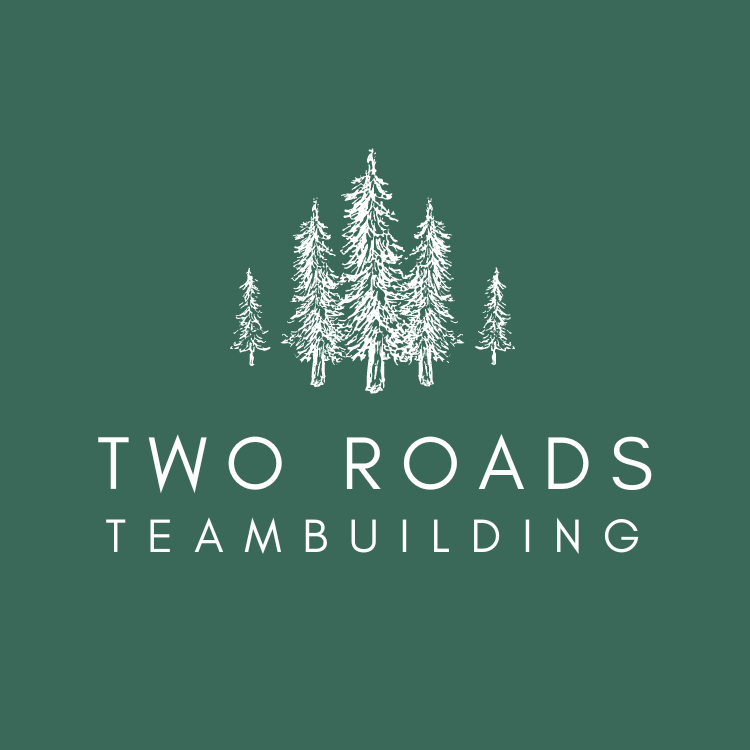Bad meetings can kill your company culture.
Whether you’re running a massive Fortune 500, or a hip new startup, you’ve probably attended meetings that left you thinking “This should have been an email”.
Most meetings are disruptive time wasters, but they don’t have to be.
photo credit: will bryant studio
Including storytelling in meetings can increase employee engagement, build relationships between colleagues, improve communication, increase productivity and support the development of a successful company culture.
Here are a few tips for how your team can use storytelling to make your next meeting an impactful and worthwhile experience:
1. Start Small
When you begin to use storytelling in your meetings, set a time limit of two to five minutes or less per story to minimize participants' feelings of intimidation or fear of public speaking. In your first meetings including storytelling, it’s best to limit the number of stories told to one to two stories max to avoid “storytelling fatigue” from participants and the audience.
2. Be Completely Inclusive
Storytelling can have the most impact on your company culture when everyone has an opportunity to contribute. In fact, the most impactful and influential stories are usually told by staff who work “in the trenches” face to face with clients and products every day. Inviting employees from every division to share stories every week shows them that you value their experience and knowledge, and that you care about their work. Provide them with guidelines for great storytelling (such as this blog post!), a short timeline (max 5 minutes), and ask them to share a story about an experience that they’ve had at work; about working with your clients or products, or about an experience they’ve had with their colleagues.
3. Get To The Point!
This doesn’t mean that you need to rush through your story, or spoil the punchline. The best stories in meetings are told with intention and with a specific goal in mind. Here’s a chart, with content from “Whoever Tells The Best Story Wins: How To Use Your Own Stories to Communicate With Power and Impact”, by Annette Simmons, to help you speak with intention, and choose the best type of story to achieve your desired outcome.
all Information included in this chart is from "Whoever tells the best story wins: how to use your own stories to communicate with power and impact" by annette simmons.
4. Structure Your Story
Don’t feel pressured to speak “off the cuff”, even the most successful professional speakers take time to craft and rehearse their stories. In “Lead With A Story”, Paul Smith outlines the three elements of a good story: Context, Action, and Result.
Context: Context is the background information that your audience needs to make sense of your story:
a. Where and when does it take place?
b. Who’s the main character?
c. What does he or she want?
d. Who, or what is in the way?
Action: Action includes the ups, downs, setbacks, failures, etc.
Result/ Outcome: At the end of the story reveal the main characters outcomes. This is also when you’ll want to subtly explain what the audience should have learned from this event.
5. Be aggressively authentic!
Don’t be afraid to be YOU! Share stories about past joys, failures, mistakes, and aspects of your personal life (But keep it PG! No need to talk about your last visit to the nudist colony, your most recent trip to the cafe’s in Amsterdam, or anything else that’s going to leave your staff unable to look you in the eye for the rest of their career!). The more “real” you are, the more your audience will connect with you, and your message, and the more you and your team can build the KLT factor within your organization. (Know, Like, Trust Factor)
Whether you’re meeting in person, or online via video conferencing, a well-crafted and well-told story can elevate your meetings to highly impactful experiences that align your team and build your company culture.




